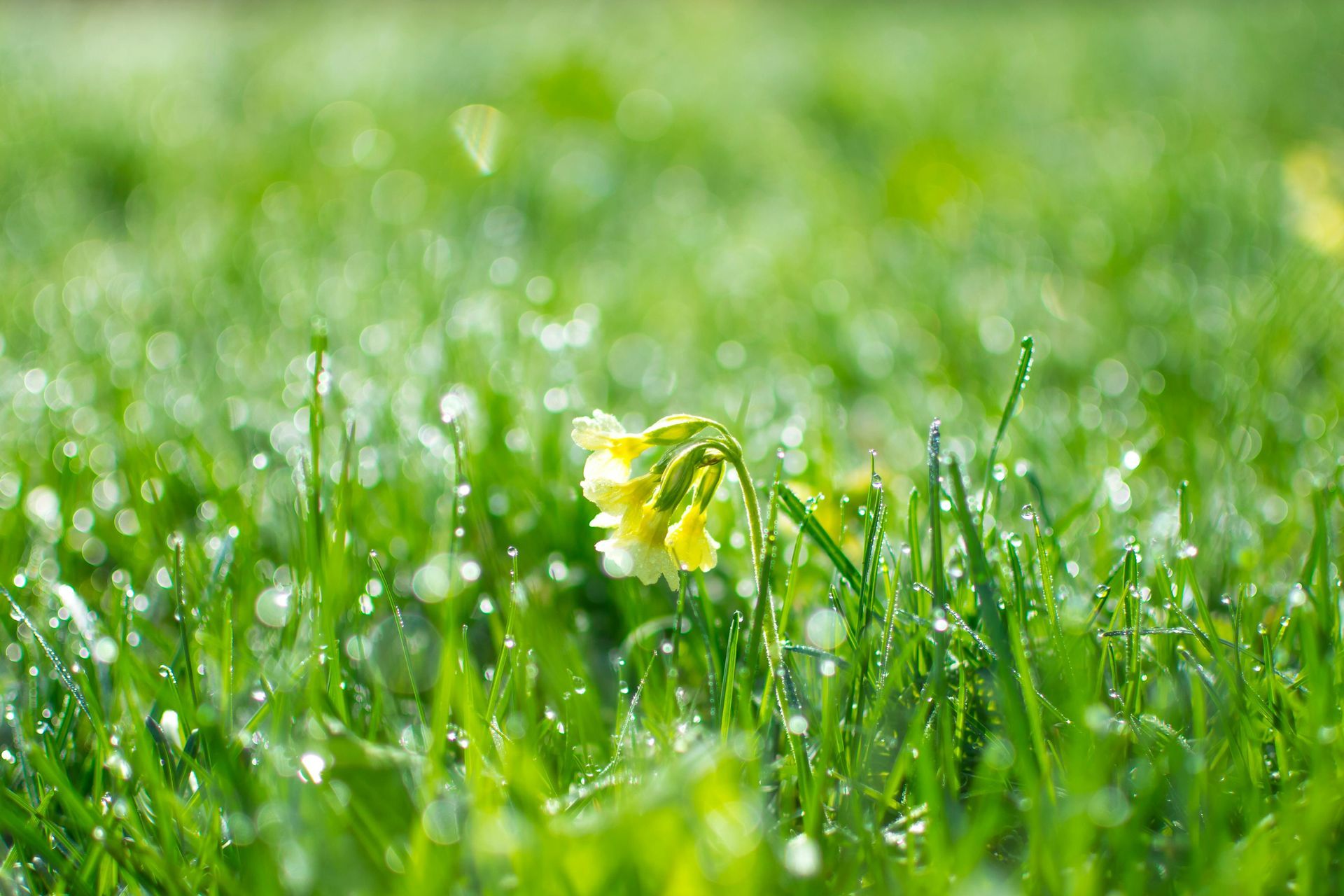Spring Lawn Care Tips for Homeowners in Huntersville & Mooresville
Spring in Huntersville and Mooresville, NC, is the perfect time to rejuvenate your lawn after the winter months. As temperatures rise and rainfall increases, your grass begins its active growing season. Proper lawn care now ensures a lush, green yard throughout the warmer months. This guide covers essential spring lawn care tips tailored to the local climate and soil conditions.

1. Start with a Thorough Yard Cleanup
Remove Debris and Leaves
Winter storms often leave behind fallen branches, leaves, and other debris. A clean yard allows your grass to breathe and receive proper sunlight.
Rake and Dethatch
Thatch buildup can prevent water and nutrients from reaching the soil. Use a dethatching rake to remove excess material and encourage healthy growth.
2. Test and Prepare Your Soil
Conduct a Soil Test
Knowing your soil’s pH and nutrient levels helps determine the best fertilization plan. You can purchase a soil test kit or send a sample to your local extension office.
Aerate Your Lawn
Compacted soil prevents root growth. Aerating in early spring improves oxygen, water, and nutrient absorption. Consider using a core aerator for best results.
3. Apply the Right Fertilizer
Choose a Slow-Release Fertilizer
Applying a slow-release fertilizer in early spring provides steady nutrients for your grass. Look for a balanced N-P-K ratio based on your soil test results.
Use Organic Compost
For a natural approach, top-dress your lawn with compost. This enhances soil structure and microbial activity, leading to healthier grass.
4. Weed and Pest Control
Apply Pre-Emergent Herbicides
Prevent weeds like crabgrass by applying a pre-emergent herbicide before soil temperatures reach 55°F. This stops weed seeds from germinating.
Monitor for Pests
Grubs and other lawn pests become active in spring. Inspect your grass for brown patches or increased bird activity, which may indicate pest problems. Consider using eco-friendly insect control methods.
5. Proper Watering Techniques
Establish a Watering Schedule
Spring rains can provide sufficient moisture, but if dry spells occur, water your lawn deeply once or twice a week. Early morning is the best time to prevent evaporation.
Use Smart Irrigation
Install a rain sensor or smart irrigation system to optimize water use and prevent overwatering.
6. Mowing Strategies for Healthy Growth
Set the Right Mowing Height
For cool-season grasses, keep your mower height between 2.5 and 3.5 inches. Avoid cutting more than one-third of the grass blade at a time to prevent stress.
Keep Mower Blades Sharp
Dull blades tear grass, leading to disease and brown patches. Sharpen mower blades at least once per season.
7. Overseeding for a Thicker Lawn
If your lawn has thin or bare spots, overseeding in early spring helps improve density. Choose grass varieties suited for North Carolina’s climate, such as fescue or Bermuda.
8. Landscape Enhancements for Spring
Add Fresh Mulch
Mulching around flower beds and trees helps retain moisture, suppress weeds, and add aesthetic appeal.
Introduce Native Plants
Incorporate native plants like Carolina Jessamine or Eastern Redbud to complement your lawn while supporting local pollinators.
A well-maintained lawn in Huntersville and Mooresville enhances curb appeal and provides a healthy outdoor space for your family. By following these spring lawn care tips, you’ll enjoy a lush, green yard all season long. If you need professional assistance, consider hiring a local lawn care service for expert support.



